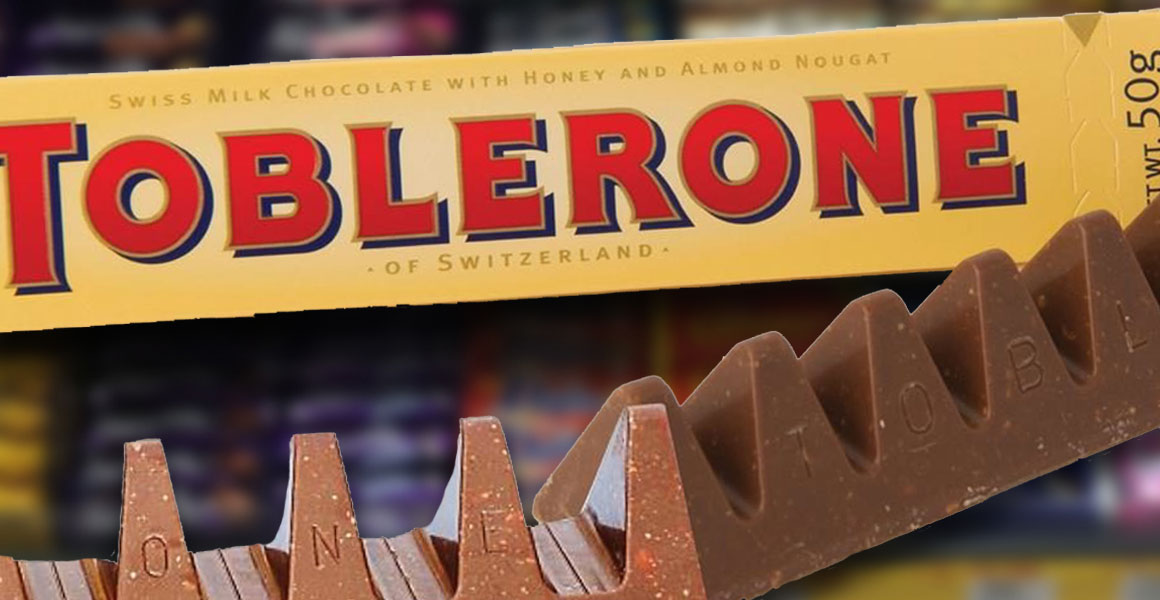Shrinking product sizes in core convenience categories is driving shoppers to own label, according to retailers.
New statistics from the Office for National Statistics show confectionery, fish, fruit, household and meat lines are the most frequently affected. Overall, between 1% and 2.1% of food lines reduced in size from September 2015 to June 2017. In 83% of cases, there was no corresponding drop in price.
However, the shrinkages disproportionately affected the top-selling lines in convenience.
A separate analysis by RN of the top 25 lines in each of the eight categories from 2016-2018 revealed that a third of these products shrank.
The worst-affected categories were confectionery sharing bags (62.5%), crisps (50%), ice cream (50%) and biscuits (44.4%).
The Food and Drink Federation and analysts blamed rising ingredient and packaging costs.
Unitas managing director Darren Goldney told RN that this inflation is harming supplier ability to maintain key price points, such as £1, while maintaining margins.
Experts and store owners agreed. Retail analyst Richard Hyman warned: “Shoppers will soon revolt against brands if the pack sizes shrink and retailers keep the same prices.”
In many stores, the revolt is already underway, driven by better own-label value for customers and margins for retailers.
“£1 sharing bags are now too small for sharing and it has played straight into the hands of own-label confectionery, which can sell two bags for £1,” said Tony Mallaban, from Premier Avon Gold Supermarket in Bristol. “The growth of these products has been unstoppable, much to the detriment of the household brands.”
The retailer delisted and reduced facings of shrinking lines to make space for six metres of own-label products.
He estimated a 10% margin difference between major and own-label confectionery goods.
Confectionery and crisp manufacturers were named by Kirk Darnet, from Frank Marsh Stores, Barnstaple, as being “the worst culprits” for shrinking, adding that he’d seen increased incidents where the number of products in each case or box sold to retailers also decreases.
Own-label suppliers are aware of ‘shrinkflation’ and are exploiting it, according to Jason Birks, from Premier Mosci’s Convenience Store in County Durham, who added that his wholesaler had launched a 200g £1 chocolate bar following shrinking sizes from the major players. “It has stolen a march on the big names,” he told RN.
With new sizes come new product codes, making it harder to track whether the size change is impacting sales. Birks advised: “You’ve got to link new codes to the previous lines on your EPoS to track changes, otherwise it’s a mess.”
Brands that had shrunk products were asked by RN to advise retailers on how to respond. Pladis and Birds Eye refused to comment, while Nestlé were unable to respond before RN went to print.
Mars, which dropped the size of its Maltesers Treat Bag by 22% between 2016 and 2018, responded: “We work hard to ensure that our PMPs remain an attractive proposition for retailers. Our focus is on ensuring our brands offer the best possible value for money without compromising on quality or taste.”
Mondelez, whose Cadbury Dairy Milk Bar fell by 14% in the same period, said: “PMPs are a widely used promotional format and there is research on and evidence for their benefits to retailers and their customers. Mondelez offers a range of PMP packs, and we continue to offer choice through non-PMP packs.”
More recent news: Government plan to tackle store violence head on





Comments
This article doesn't have any comments yet, be the first!